Preceded by New office Succeeded by The Lord St John | Succeeded by The Lord St John Name Charles 1st Monarch Henry VIII | |
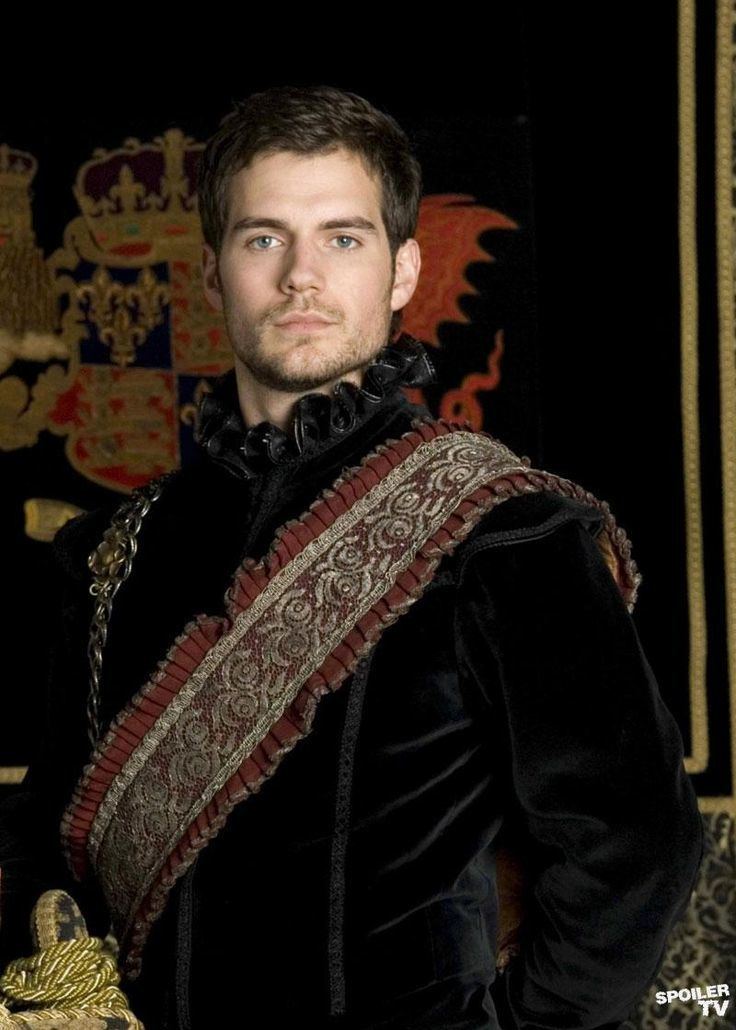 | ||
Spouse Catherine Brandon, Duchess of Suffolk (m. 1533) Children Frances Grey, Duchess of Suffolk Parents Elizabeth Bruyn, William Brandon Grandchildren Lady Jane Grey, Lady Catherine Grey, Lady Mary Grey, Margaret Stanley, Countess of Derby, Elizabeth Stokes Similar People Mary Tudor - Queen of, Henry VIII of England, Frances Grey - Duchess, Henry Cavill, Mary I of England | ||
Preceded by The Earl of Shrewsbury | ||
Charles brandon 1st duke of suffolk
Charles Brandon, 1st Duke of Suffolk, 1st Viscount Lisle, KG (c. 1484 – 22 August 1545) was the son of Sir William Brandon and Elizabeth Bruyn. Through his third wife Mary Tudor he was brother-in-law to Henry VIII, King of England. His father was the standard-bearer of Henry Tudor, Earl of Richmond (later King Henry VII). Suffolk died of unknown causes at Guildford.
Contents
- Charles brandon 1st duke of suffolk
- Early life
- Marriage to Mary Tudor
- Family
- Fictional portrayals
- References
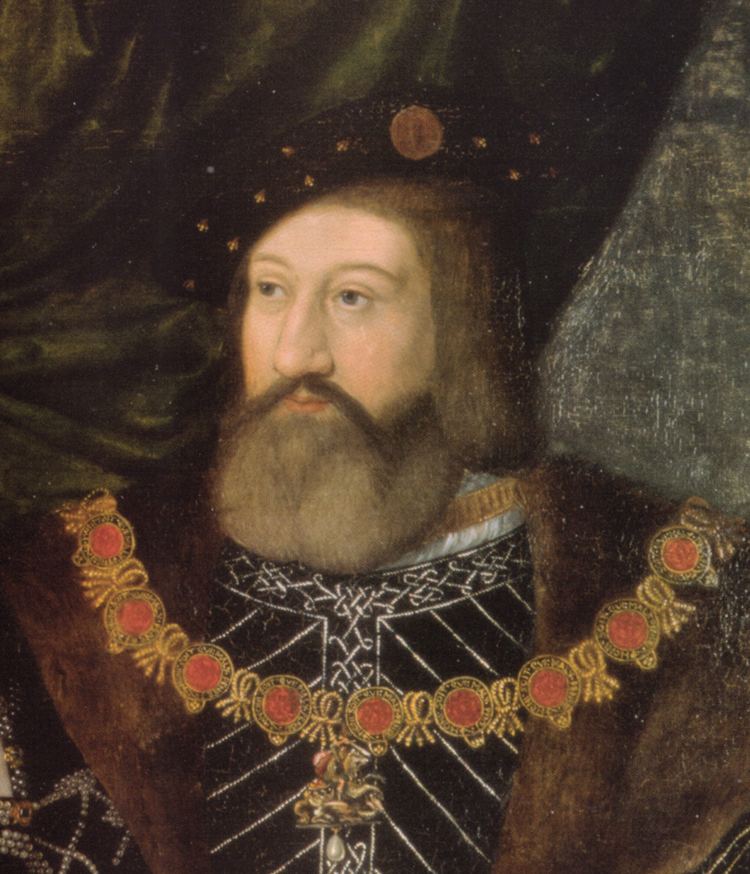
Early life
Charles Brandon was the second but only surviving son of Sir William Brandon, Henry Tudor's standard-bearer at the Battle of Bosworth Field, where he was slain by Richard III. His mother, Elizabeth Bruyn (d. March 1494), was daughter and co-heiress of Sir Henry Bruyn (died 1461).
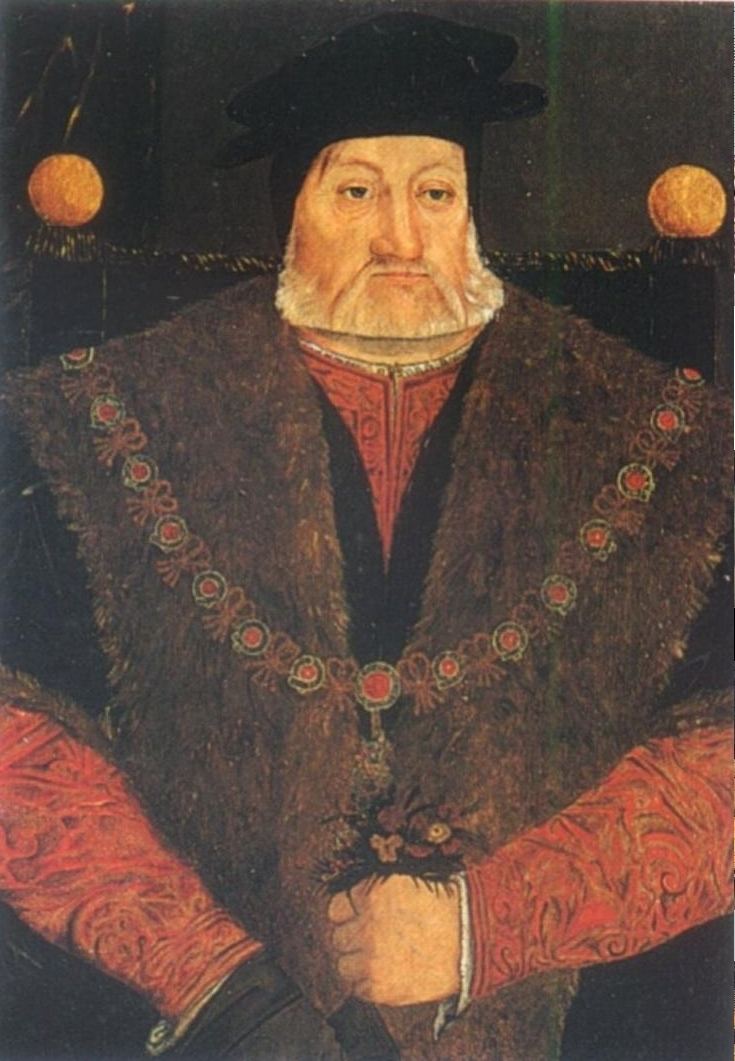
Charles Brandon was brought up at the court of Henry VII. He is described by Dugdale as "a person comely of stature, high of courage and conformity of disposition to King Henry VIII, with whom he became a great favourite". Brandon held a succession of offices in the royal household, becoming Master of the Horse in 1513, and received many valuable grants of land. On 15 May 1513, he was created Viscount Lisle, having entered into a marriage contract with his ward, Elizabeth Grey, suo jure Viscountess Lisle. The contract was ended and the title was forfeited as a result of Brandon's marriage to Mary Tudor in 1515.
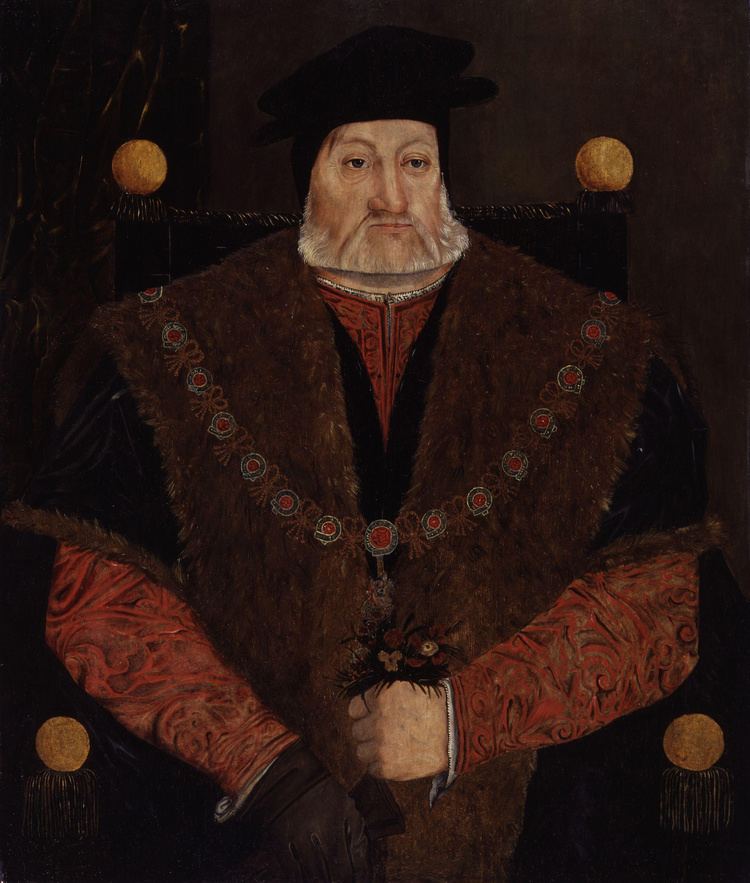
He distinguished himself at the sieges of Thérouanne and Tournai in the French campaign of 1513. One of the agents of Margaret of Savoy, governor of the Netherlands, writing from before Thérouanne, reminded her that Lord Lisle was a "second king" and advised her to write him a kind letter.
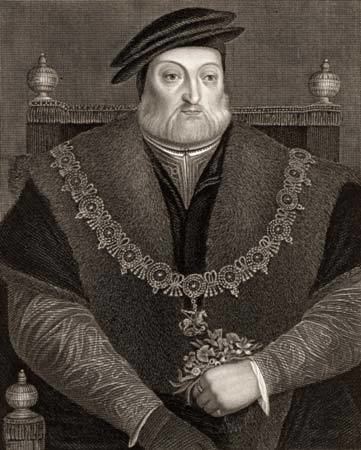
At this time, Henry VIII was secretly urging Margaret to marry Lisle, whom he created Duke of Suffolk, although he was careful to disclaim (on 4 March 1514) any complicity in the project to her father, Maximilian I, Holy Roman Emperor.
After his marriage to Mary, Suffolk lived for some years in retirement, but he was present at the Field of the Cloth of Gold in 1520. In 1523 he was sent to Calais to command the English troops there. He invaded France in company with Floris d'Egmont, Count of Buren, who was at the head of the Flemish troops, and laid waste the north of France, but disbanded his troops at the approach of winter.
After Wolsey's disgrace, Suffolk's influence increased daily. He was sent with Thomas Howard, 3rd Duke of Norfolk, to demand the Great Seal from Wolsey; the same noblemen conveyed the news of Anne Boleyn's marriage to King Henry, after the divorce from Queen Catherine; and Suffolk acted as High Steward at the new queen's coronation. He was one of the commissioners appointed by Henry to dismiss Catherine's household, a task he found distasteful.
His family had a residence on the west side of Borough High Street, London, for at least half a century prior to his building of Suffolk Place at the site.
Suffolk supported Henry's ecclesiastical policy, receiving a large share of the lands after the dissolution of the monasteries. In 1544, he was for the second time in command of an English army for the invasion of France. He died at Guildford, Surrey, on 24 August in the following year. At Henry VIII's expense he was buried at Windsor in St George's Chapel.
Marriage to Mary Tudor
Suffolk took part in the jousts which celebrated the marriage of Mary Tudor, Henry's sister, with Louis XII of France. He was accredited to negotiate various matters with Louis, and on Louis' death was sent to congratulate the new King, Francis I, and to negotiate Mary's return to England.
Love between Suffolk and the young Dowager Queen Mary had existed before her marriage, and Francis roundly charged him with an intention to marry her. Francis, perhaps in the hope of Queen Claude's death, had himself been one of her suitors in the first week of her widowhood, and Mary asserted that she had given him her confidence to avoid his importunities.
Francis and Henry both professed a friendly attitude towards the marriage of the lovers, but Suffolk had many political enemies, and Mary feared that she might again be sacrificed to political considerations. The truth was that Henry was anxious to obtain from Francis the gold plate and jewels which had been given or promised to the Queen by Louis in addition to the reimbursement of the expenses of her marriage with the King; and he practically made his acquiescence in Suffolk's suit dependent on his obtaining them. The pair cut short the difficulties by a private marriage on 5 March 1515. Suffolk announced this to Thomas Wolsey, who had been their fast friend.
Suffolk was saved from Henry's anger only by Wolsey, and the pair eventually agreed to pay to Henry £24,000 in yearly instalments of £1000, and the whole of Mary's dowry from Louis of £200,000, together with her plate and jewels. They were openly married at Greenwich Hall on 13 May. The Duke had been twice married already, to Margaret Neville (the widow of John Mortimer) and to Anne Browne, to whom he had been betrothed before his marriage with Margaret Mortimer. Anne Browne died in 1511, but Margaret Mortimer, from whom he had obtained a declaration of nullity on the ground of consanguinity, was still living. He secured in 1528 a bull from Pope Clement VII assuring the legitimacy of his marriage with Mary Tudor and of the daughters of Anne Browne, one of whom, Anne, was sent to the court of Margaret of Savoy.
Mary Tudor died on 25 June 1533, and in September of the same year Suffolk married his ward, 14-year-old Catherine Willoughby (1519–1580), suo jure Baroness Willoughby de Eresby. She had been betrothed to his son Henry Brandon, Earl of Lincoln, but the boy was too young to marry; Suffolk did not wish to risk losing Catherine's lands, so he married her himself. By Catherine Willoughby he had two sons who showed great promise, Henry (1535–1551) and Charles (c. 1537–1551), Dukes of Suffolk. They died of the sweating sickness within an hour of each other.
Family
Before 7 February 1507 he married Margaret Neville (born 1466), widow of Sir John Mortimer (d. before 12 November 1504), and daughter of John Neville, 1st Marquess of Montagu, slain at the Battle of Barnet, by Isabel Ingaldesthorpe, daughter and heiress of Sir Edmund Ingaldsthorpe, by whom he had no issue. The marriage was declared void about 1507 by the Archdeaconry Court of London, and later by papal bull dated 12 May 1528. Margaret (née Neville) subsequently married Robert Downes, gentleman.
In early 1508 in a secret ceremony at Stepney, and later publicly at St Michael's, Cornhill, he married Margaret Neville's niece, Anne Browne (d. 1511), daughter of Sir Anthony Browne, Standard Bearer of England 1485, by his first wife, Eleanor Ughtred, the daughter of Sir Robert Ughtred (c. 1428 – c. 1487) of Kexby, North Yorkshire and Katherine Eure, daughter of Sir William Eure of Stokesley, Yorkshire, by whom he had two daughters:
He contracted to marry Elizabeth Grey, 5th Baroness Lisle (1505–1519). He was thus created 1st Viscount Lisle of the third creation in 1513, but the contract was annulled, and he surrendered the title before 1519 or in 1523.
In May 1515 he married Mary Tudor, Queen Dowager of France (18 March 1496 – 25 June 1533), by whom he had two sons who died young, and two daughters:
On 7 September 1533 he married Catherine Willoughby, 12th Baroness Willoughby de Eresby (1 April 1520 – 19 September 1580), by whom he had two sons, both of whom died young of the sweating sickness:
After Brandon's death his widow married Richard Bertie.
He had a number of illegitimate children:
